► The CAR Top 10
► Automotive mis-steps
► When car makers got it wrong
Most new cars are improvements over their predecessors, but not these ones.
Audi A1
Audi’s current small car is a technically undistinguished rebodied Polo with a classier cabin, even after the new 2018 one arrived. The outgoing A2, meanwhile, was a brilliantly packaged aluminium-bodied mini-MPV that was more aerodynamic, more spacious, much lighter, more agile, more economical and one of the great small cars of the 21st century.
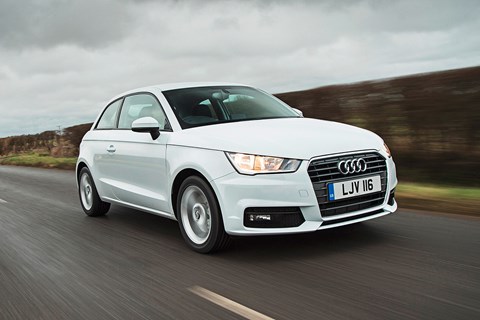
Skoda Karoq
The Skoda Yeti was one of the most distinctive SUVs: small, glassy, light and agile. It was replaced by the Karoq – which looks (and drives) like every other small VW Group SUV. The Yeti was as outstanding as a Himalayan snowman. The Karoq is as ubiquitous as a package tourist in a puffer jacket.
Mercedes-Benz A-Class Mk3

As a new, much improved A-Class arrives, so we’re reminded what a truly average car was the outgoing third-gen car (2013-18). The previous Mk1 and Mk2 models were ‘think different’ hatchbacks that offered astonishing space efficiency. The succeeding Mk3 was a technically timid Golf clone with a three-pointed star on its prow, and it wasn’t as good as a Golf.
Ford Mustang II
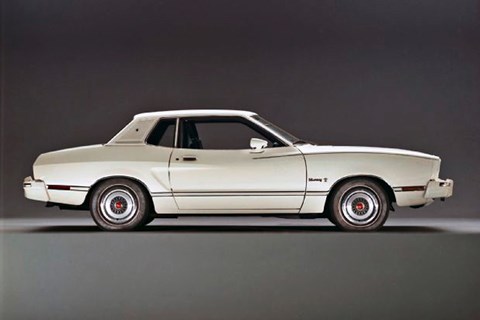
The mighty original V8 Mustang – muscular soundtrack courtesy of a 302 or 429 cubic inch V8 – was replaced by a timid little coupe powered by a weedy four-pot. Ford blamed the ’70s fuel crisis and competition from Japanese imports. The rampant pony car had turned into a lame little nag.
Nissan 280ZX
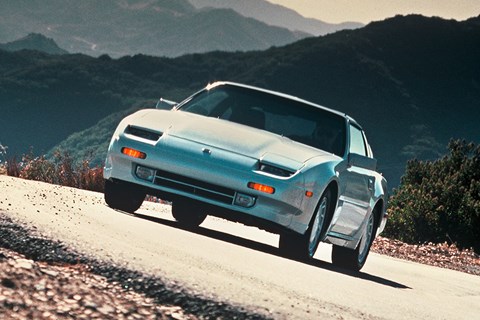
Rarely has a sports car regressed quite like the Z-car. In initial 1969 240Z guise, it was a superb two-seater, the E-Type from the East. An increase in engine size to 2.6 litres (260Z) didn’t dilute the magic. But the 280ZX of 1978 (and 300ZX of the ‘80s) were no more than flabby, comfy coupes.
Toyota MR2 Mk2

The original 1984 MR2 was a sweet little wedgy thing with handling finessed by Lotus. Light and agile, it was Toyota’s best driver’s car to date. The 1989 Mk2 was lardier, more luxurious and prone to sudden oversteer. Even subsequent chassis tweaks by Dan Gurney couldn’t save it.
Range Rover Mk2
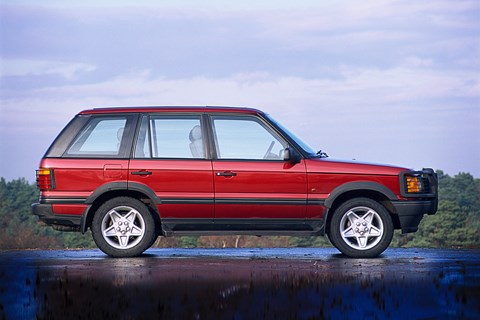
The first ‘classic’ Range Rover was always going to be a hard act to follow. But after 25 years of sales success and adventure, change was needed. The new car, codenamed P38A, was developed on a low budget and it showed. It was boxier, heavier, pricier and less elegant.
Jaguar E-Type Series 3
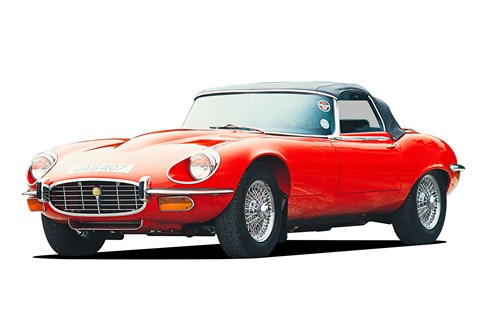
The last E-Type was a very different beast from its felicitous predecessors. With V12 rather than straight-six power, and often sold as a lazy auto, it was far heavier and more cumbersome: more boulevard cruiser than B-road blaster. In the early ‘60s, an E-Type was a sports car marvel. By the ‘70s, it was a grand touring also-ran.
Citroën ZX

The GS was one of the finest of all small cars, bristling with innovation (hydro-pneumatic suspension, class-best aero, lightweight air-cooled flat-four motor, four-wheel disc brakes). Its 1991 successor was a rebadged Peugeot 306: technically conventional, stylistically dreary.
Ferrari ‘Dino’ 308GT4
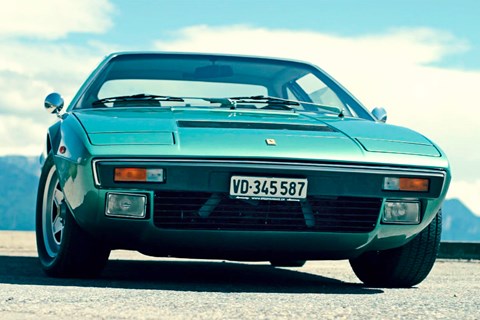
The original Dino was the 206GT, soon supplanted by the 246. Gorgeously curvaceous, it was one of Leonardo Fioravanti’s best designs. It was also Ferrari’s first mid-engine car. It drove as sweetly as it looked. The wedgy 308GT4 – initially tagged a Dino – had nothing like the 246’s charm or appeal.
Check out more CAR Top 10 lists here